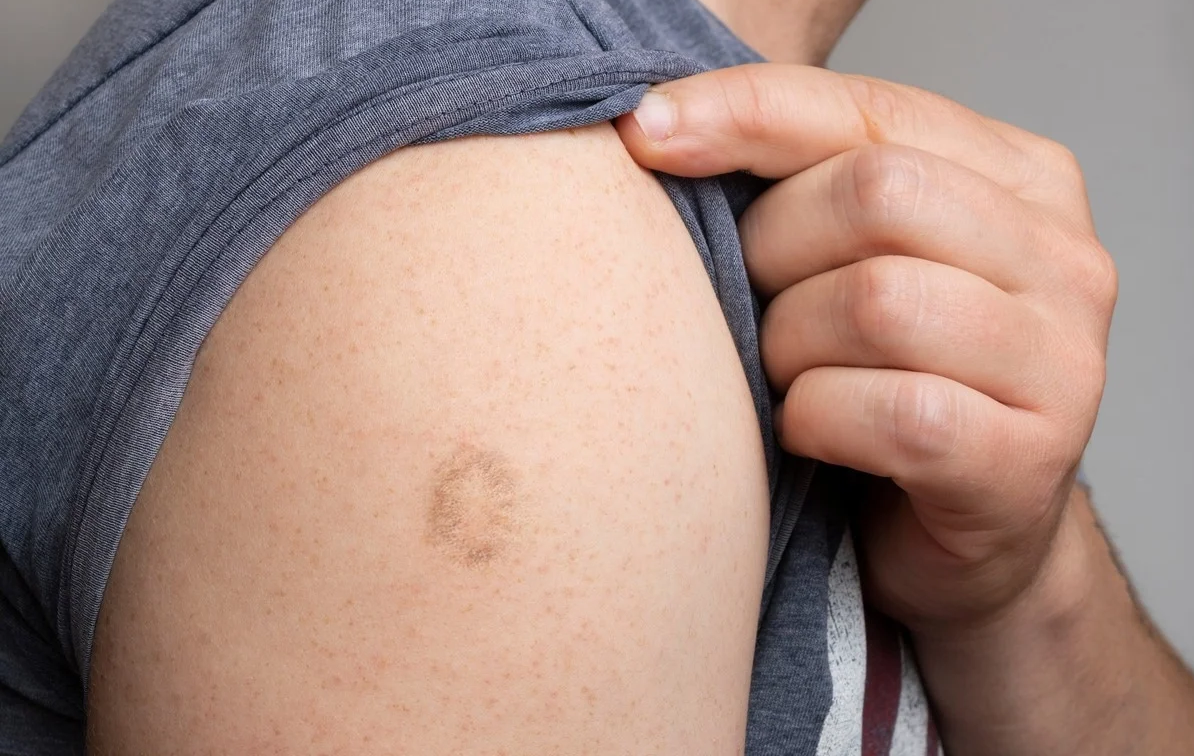Let me take you on a little journey down memory lane—or perhaps memory arm? Picture this: You’re a kid, and one day, you notice a strange little mark high up on your mom’s shoulder. It’s a peculiar ring of indents, surrounding a larger crater-like dent in her skin. Naturally, as a child with an unending curiosity (and maybe a few too many questions), you ask, “What is that?”
Fast forward a few years, and life takes over. Homework, friends, and the thrilling task of growing up shove that strange scar to the back of your mind. That is, until one day, you see the exact same mark on someone else—a kind elderly stranger, perhaps—and the mystery comes rushing back. What’s the deal with these little circular scars? Are they a secret club badge? A quirky birthmark trend from yesteryears?
Turns out, they’re proof of a bygone battle: the war against smallpox.
What Was Smallpox, Anyway?
Smallpox wasn’t just a bad rash or a fever that had you reaching for your grandma’s chicken soup recipe. It was a viral villain that terrorized humanity for centuries. This nasty disease caused severe skin rashes, fever, and a mortality rate that would make anyone clutch their pearls: 3 out of 10 victims didn’t survive, according to the CDC. And those who did? Many were left with lifelong disfigurement. Yikes.
But humanity fought back, and our hero was the smallpox vaccine. Thanks to a massive, global vaccination effort, smallpox was eradicated in the United States by 1952 and declared globally extinct in 1980. The world collectively said, “Good riddance!”
The Mysterious Scar
Now, back to those shoulder scars. They’re like badges of honor for anyone vaccinated before smallpox was eradicated. Think of them as the original “vaccine passport,” long before QR codes and apps took over. These little marks were proof that you were part of the team that kicked smallpox to the curb.
How Did the Vaccine Cause Scars?
Unlike today’s sleek, painless vaccines that slide into your arm with barely a pinch, the smallpox vaccine had a bit more… flair. Instead of a single jab, the vaccine was delivered using a two-pronged needle that looked more like a medieval torture device than a medical tool.
Here’s the play-by-play:
- The healthcare worker didn’t just poke you once. Nope, they made multiple punctures in your skin to ensure the vaccine reached the dermis (that layer below the skin we pretend to know about).
- The vaccine virus got to work, causing round bumps to form on your skin.
- Those bumps turned into fluid-filled blisters (kind of like those you get from ill-fitting shoes, but grosser).
- The blisters eventually burst, scabbed over, and healed—leaving behind the infamous scar.
It wasn’t pretty, but it got the job done. And that scar? It became the lasting evidence of your body’s victorious immune response.
Why Did the Scars Stop?
If you’re younger than your parents or grandparents, you probably don’t have this scar. That’s because routine smallpox vaccinations stopped in 1972 in the U.S. By then, the disease had been contained so well that vaccinating everyone was no longer necessary. It was a mic-drop moment for public health.
The Nostalgia of a Scar
For those who bear this mark, it’s more than just a scar—it’s a conversation starter, a history lesson, and a reminder of a time when vaccines quite literally left their mark. It’s fascinating to think that something as small as a circle on your arm can hold a story of global teamwork and triumph.
So the next time you see that little scar on someone’s shoulder, give it a nod of respect. It’s a tiny reminder of how humanity came together to defeat one of history’s deadliest diseases.
Are You Team Scar?
If you’ve got the smallpox vaccine scar, wear it with pride. And if you don’t, ask your older relatives about theirs. Chances are, they’ve got a story or two about the era of smallpox vaccinations. (Or maybe they’ve just got a vague memory of a terrifying needle and a sore arm. Either way, it’s history!)

Ava Monroe, a talented writer at The American Arena, brings a vibrant and engaging voice to a wide variety of topics. Educated at the prestigious University of Berlin, she combines her academic insight with a knack for storytelling, making her a cornerstone of the team. Ava’s work resonates with readers, offering a perfect blend of depth and relatability.
